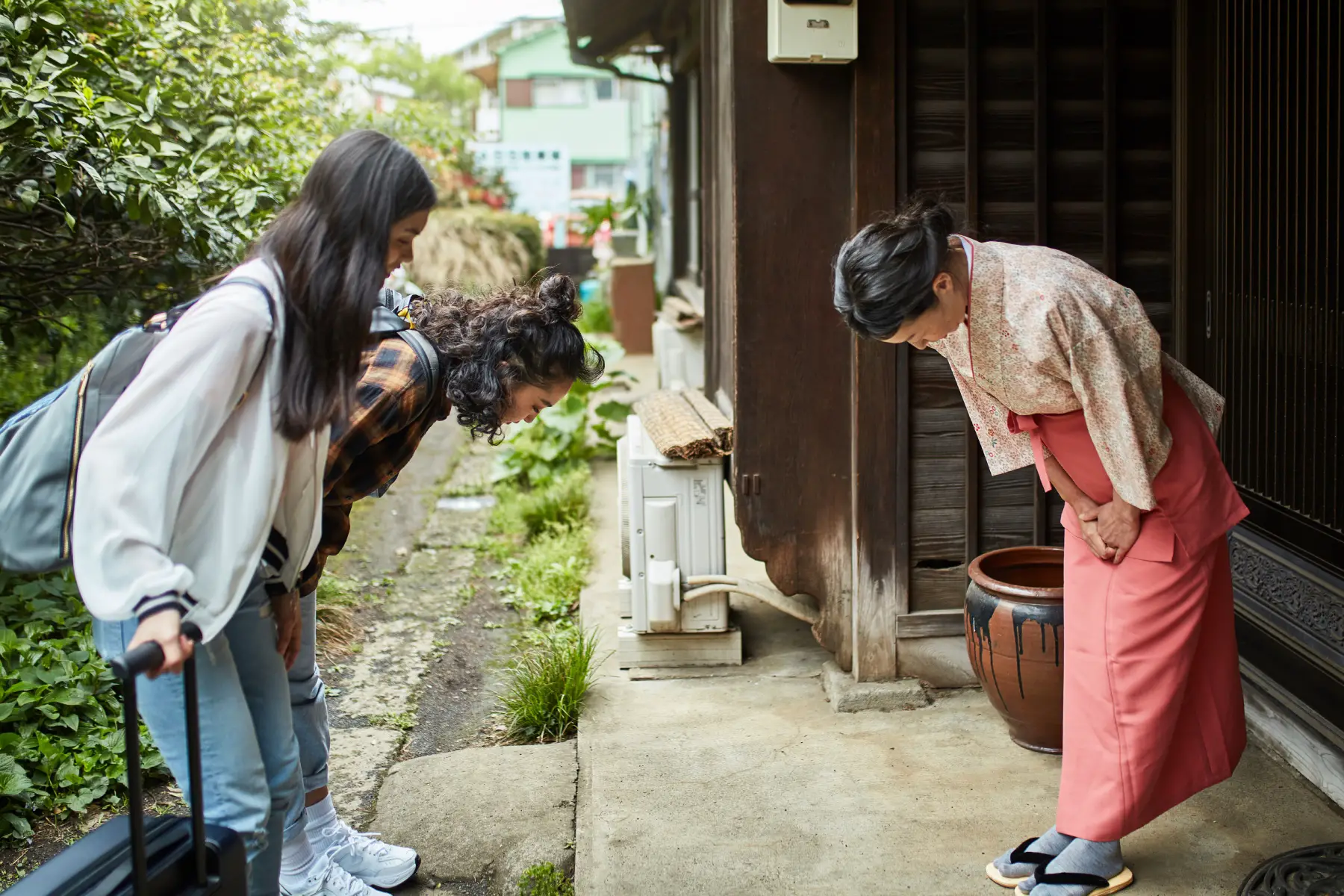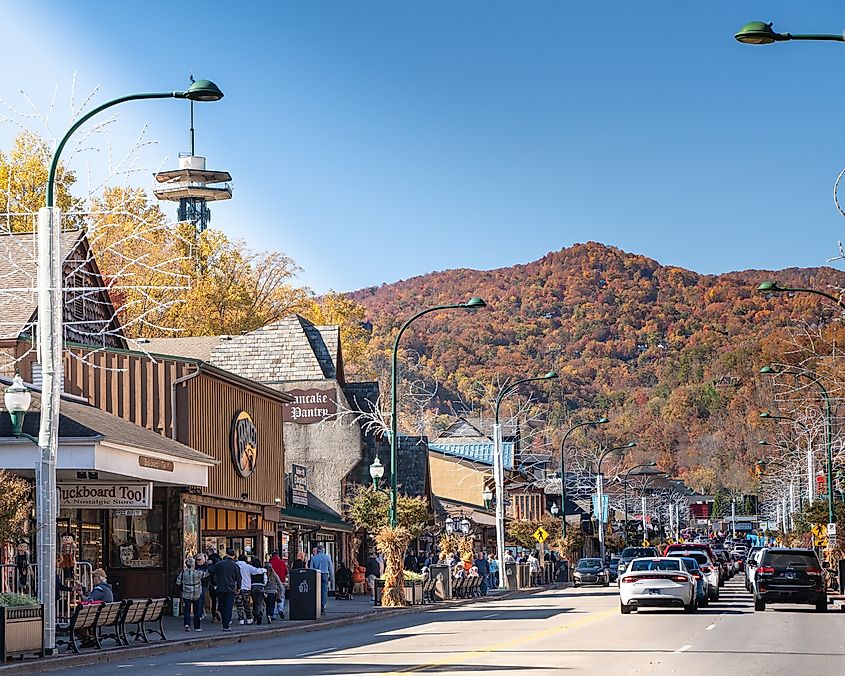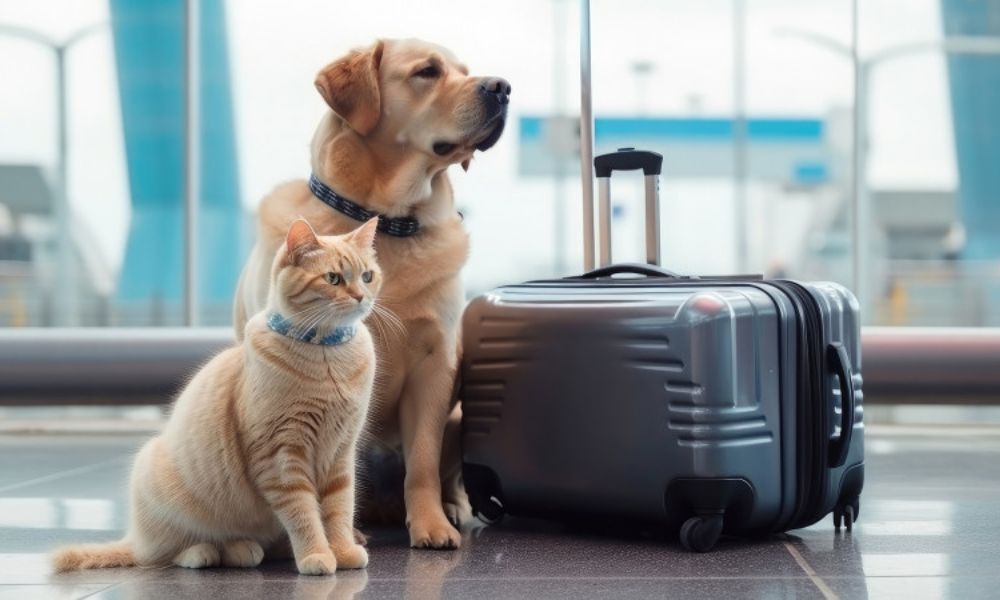
Western Tourists Are Ruining an Ancient Japanese Tradition — All Because They Miss the Buffet
Ryokan, traditional Japanese inns that embody the spirit of omotenashi—unparalleled hospitality—are facing an unprecedented challenge: the erosion of their cultural integrity due to shifting demands from Western tourists. These inns, some dating back to the 8th century CE, offer a meticulously choreographed experience rooted in centuries of tradition. From donning the provided yukata robe to adhering to precise meal times, every aspect is designed to immerse guests in authentic Japanese culture. However, a growing preference among Western visitors for Western-style meals over the traditional kaiseki set menus and local specialty breakfasts is forcing some ryokan to compromise their core values, potentially jeopardizing the very essence of what makes them unique.
The ryokan experience is more than just a place to sleep; it’s a holistic cultural immersion. Historically, these inns served as vital social and economic hubs, particularly during the Edo period (1603-1868), when travel flourished. Ryokan provided lodging, meals, and a space for travelers to connect, fostering a sense of community and preserving local customs. The kaiseki dinner, an elaborate multi-course meal showcasing seasonal ingredients and regional culinary techniques, is not merely sustenance but a carefully curated art form that reflects the ryokan’s commitment to showcasing the best of Japanese gastronomy. Similarly, the traditional Japanese breakfast, often featuring grilled fish, miso soup, pickled vegetables, and local delicacies, is a cornerstone of the ryokan’s morning ritual.
However, the increasing influx of Western tourists, driven by a globalized tourism market, is creating a dilemma for ryokan owners. While Japanese cuisine has gained immense popularity worldwide, with the global Japanese food market estimated to reach $72 billion by 2027, according to a recent report by Global Industry Analysts Inc., the specific dishes served in ryokan may not align with the expectations of some Western travelers. Many tourists, accustomed to buffet-style breakfasts with a wide array of international options, find the traditional Japanese breakfast unfamiliar or unappealing.
This has led to a growing number of Western tourists requesting Western-style meals, often citing a preference for familiar flavors or dietary restrictions. Some ryokan, particularly those in popular tourist destinations like Kyoto, have responded by modifying their menus or offering buffet-style breakfasts to cater to these demands. While this may seem like a reasonable adaptation to changing customer preferences, it raises concerns about the potential dilution of the ryokan experience and the loss of cultural authenticity.
"The ryokan is not just a hotel; it’s a living museum of Japanese culture," says Dr. Akari Tanaka, a fictional Senior Market Analyst specializing in Japanese tourism trends. "Compromising its traditions to cater to fleeting Western tastes risks undermining its unique appeal and alienating Japanese travelers who value authenticity."
The pressure to adapt to Western preferences is particularly acute for smaller, family-run ryokan, which often lack the resources to offer a diverse range of culinary options. These establishments rely heavily on the traditional ryokan model, where meals are an integral part of the room rate and business model. When guests cancel meal packages mid-stay or request refunds due to dissatisfaction with the food, it can significantly impact the ryokan’s profitability. According to a recent survey conducted by the Japan Ryokan Association, approximately 30% of ryokan in Kyoto have reported a decrease in revenue due to meal cancellations and refund requests from Western tourists.

The shift towards Western-style meals in ryokan also raises concerns about the potential impact on local food producers and suppliers. Kaiseki dinners and traditional breakfasts rely heavily on seasonal, locally sourced ingredients, supporting regional agriculture and preserving culinary traditions. When ryokan switch to Western-style meals, they often rely on imported ingredients or mass-produced products, potentially undermining the local economy and diminishing the connection between the ryokan and its surrounding community.
Furthermore, the growing popularity of Western-style meals in ryokan may contribute to a decline in the number of Japanese travelers who choose to stay in these establishments. As noted by Sora News, Japanese travelers, who are familiar with the ryokan experience and appreciate its cultural authenticity, are increasingly avoiding cities like Kyoto, which have become overrun with foreign tourists. This trend could have long-term consequences for the ryokan industry, as it risks alienating its core customer base and turning these traditional inns into generic hotels catering primarily to Western tastes. An estimated 15% decrease in domestic Japanese tourism to Kyoto ryokans was observed in the last fiscal year.
"The ryokan industry needs to strike a balance between catering to Western tourists and preserving its cultural integrity," argues Professor Kenji Sato, a fictional Professor of Public Policy at the University of Tokyo. "While it’s important to adapt to changing customer preferences, it’s equally important to protect the traditions and values that make ryokan unique and appealing to both domestic and international travelers."
One possible solution is for ryokan to educate Western tourists about the cultural significance of kaiseki dinners and traditional Japanese breakfasts. By providing detailed explanations of the dishes, their ingredients, and their historical context, ryokan can help tourists appreciate the culinary traditions and encourage them to embrace the full ryokan experience. Another approach is to offer smaller, more accessible versions of kaiseki dinners or to provide a limited selection of Western-style options alongside the traditional Japanese meals. This would allow ryokan to cater to a wider range of tastes without compromising their core values.
Looking ahead, the future of the ryokan industry will depend on its ability to adapt to the changing demands of the global tourism market while preserving its cultural authenticity. As international travel continues to grow, it’s crucial for ryokan to find innovative ways to educate and engage Western tourists, encouraging them to appreciate the unique traditions and values that make these inns so special. The Japanese government is projected to invest $500 million over the next five years in promoting cultural tourism, including initiatives to support the ryokan industry. By embracing a sustainable approach that balances economic growth with cultural preservation, ryokan can ensure their survival and continue to offer authentic Japanese experiences for generations to come. The challenge lies in finding the sweet spot where cultural preservation meets the demands of a globalized world, ensuring that the ryokan remains a symbol of Japanese hospitality and tradition for years to come, even if it means foregoing the allure of the all-you-can-eat buffet.



